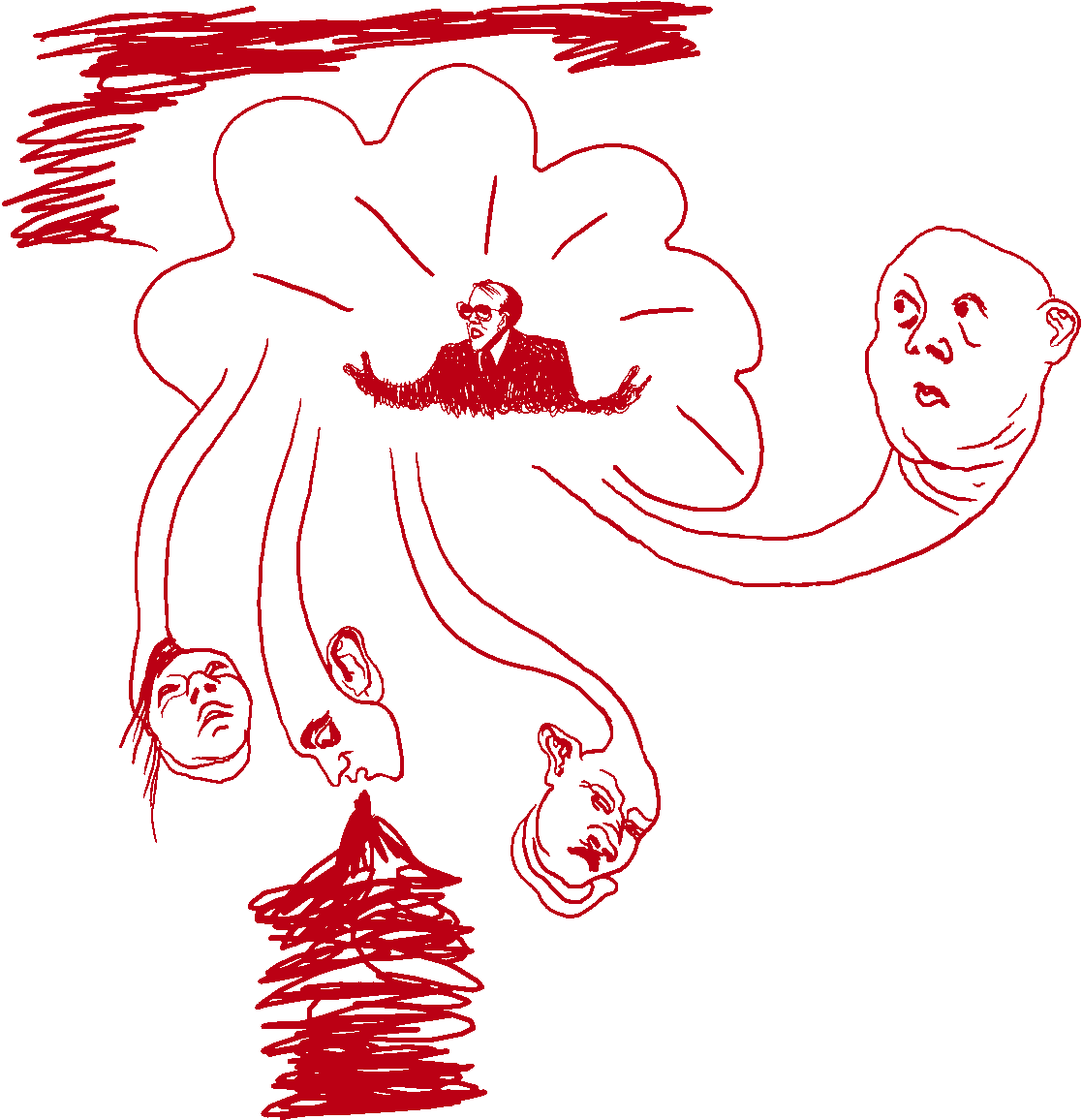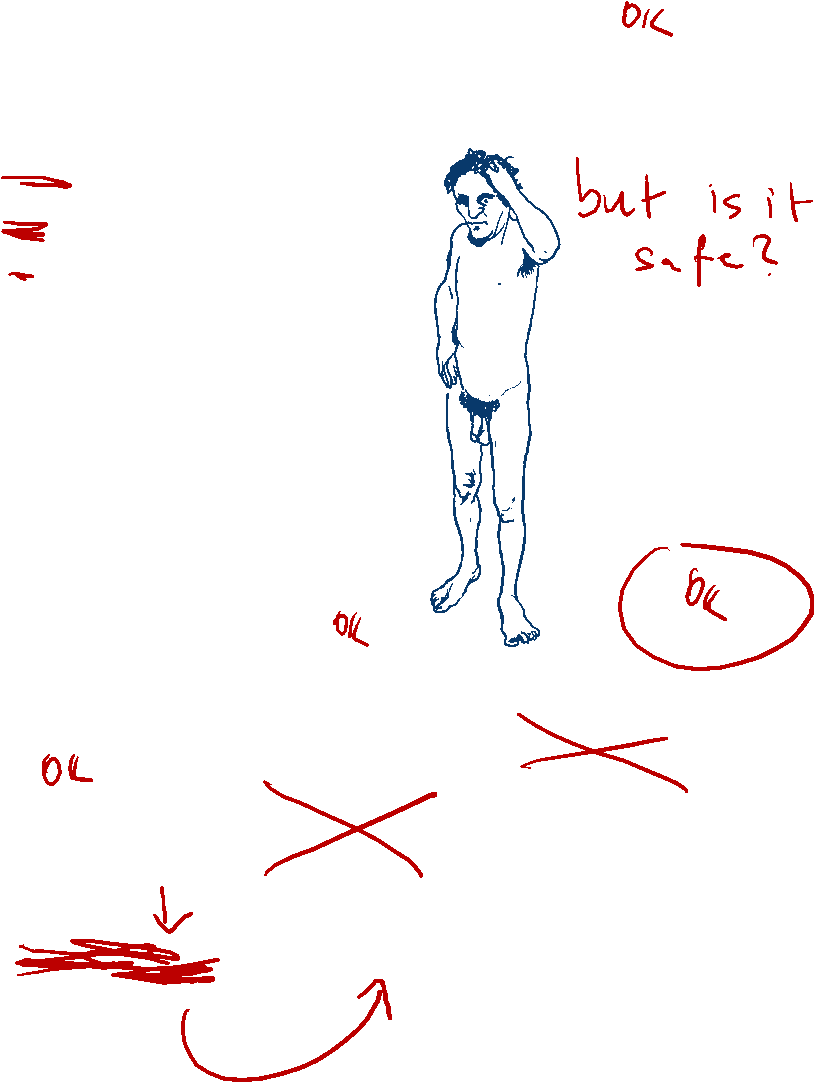
Young people hang out on Los Angeles' Van Nuys Boulevard in summer 1972. Wednesday nights were "cruise nights," recalled photographer Rick McCloskey. "You had everything from your Mustangs to lowriders and hot rods. ... Essentially you were out there to see your friends, show off your car and just sort of be there. It was the place for young people to be." McCloskey's photos are part of "Los Angeles in the 1970s," a collection of essays recently published by Rare Bird Books.

There were other cruising spots in the city, McCloskey said, but "Van Nuys, for some reason or other, got nailed as the street to cruise on," specifically, a 3-mile stretch from Ventura Boulevard to about Sherman Way.

McCloskey remembers what he saw as a cruising "resurgence" in the summer of 1972. "There was kind of a strange change in the zeitgeist of the time because 1972, we were kind of coming down from the Vietnam scenario," he said. "The whole Vietnam interjection in the late '60s kind of changed the carefreeness of sort of everybody's life. ... It kind of took the edge off of having a good time. But by 1972, the war had wound down enough so that there seemed to be a resurgence on the boulevard."

McCloskey said people would come from as far as Santa Barbara or Orange County to cruise Van Nuys, a wide street with many lanes.

The parking lot of this Hughes supermarket was a popular stopping point on Van Nuys, as was a June Ellen's Donuts and the burger restaurant Bob's Big Boy. "Basically, there were turnaround places. ... You pulled in there and stopped, talked to people for a while, then pulled back out and went back (the other way)," McCloskey said. "And you just did that a couple of hours a night."

Gas was relatively cheap at the time, McCloskey said, and that made cruising an affordable way to spend a night out.

The cars were great to look at, but McCloskey said he "was more interested in taking pictures of the people when I was out there. ... I was interested in the people and what they looked like and what the vibe was of the people parked on the side of the road and hanging out."

Bikers also liked to cruise with their motorcycles.

"When I went out there to shoot those pictures in 1972, the idea that somehow that this was going to come to an end in six or eight years was just not at all in my mind," McCloskey said.

By the early 1980s, the cruising scene had all but vanished on Van Nuys. Among the reasons was a business backlash, McCloskey said. "Many of the business people really weren't too thrilled with (cruising) because they'd find beer cans on their porches and stuff. And ultimately, they did pass legislation or traffic rules that you couldn't cruise."

The cruising scene also started to be replaced by the mall scene in the early 1980s. McCloskey marveled at how quickly things change. "I have a son that's in his 20s and he has a car, but gosh, you know, it's like a secondary thing," he said. "Many of his friends don't have cars, don't care to drive. For us, when I was 15 years old, I couldn't wait to get my driver's license. This was making it, getting a driver's license."

McCloskey left the area and moved to Hawaii in 1974. For 40 years, his photos and the negatives were stored away. "About three or four years ago, I said, I'm going to find them, dig them up, digitize them and run with them," he said. "Because now it's history."

Summer days in the San Fernando Valley were hot, McCloskey said, "but evenings were just wonderful in the sense that you could wear T-shirts and shorts. Cruising continued in the winter but it was much more prevalent in the summer."

"The thing that strikes me the most is that everybody in these pictures -- these wonderfully beautiful young people -- they're all 60 years old or older now," McCloskey said.

"It really reflects a wonderful time when we were really young and there was a lot of us," he said. "And now these people are reaching retirement age. So there's a bittersweetness to looking back at it."

Young men hang out in a Van Nuys parking lot.

"This phenomenon, this cruising cars, is so American," McCloskey said. "At the time, for 25 years, it was the American thing for young people to do."


